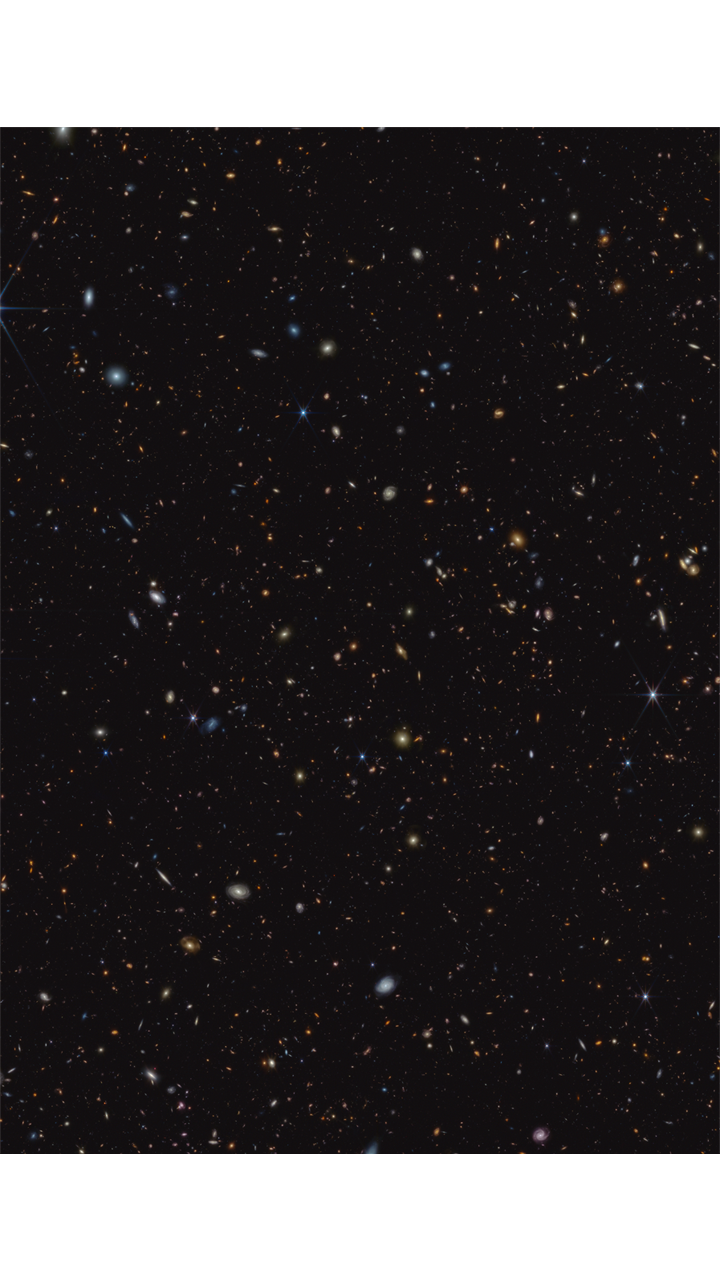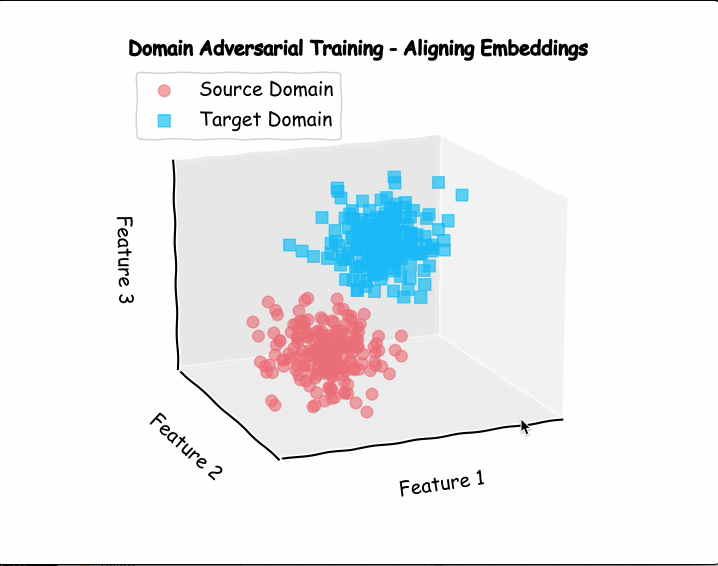Stellar feedback in nearby galaxies
Nearby galaxies are ideal laboratories to study the processes of star formation and stellar feedback at high spatial resolution and therefore uncover the small-scale physics driving galactic evolution. I study the matter cycle in nearby galaxies following a multi-wavelength approach, mostly within the PHANGS (Physics at high angular resolution in nearby galaxies) international collaboration.
PHANGS has recently obtained high-resolution observational data for nearby massive, main-sequence galaxies across the electromagnetic spectrum via a variety of large legacy programs on ALMA (sub-mm), MUSE/VLT (optical spectroscopy), HST (UV-optical imaging), and JWST (near and mid-IR imaging). To complement PHANGS I am also collecting data on Local Group (M33) and low-metallicity dwarf galaxies.
I use observations of nearby galaxies to study stellar feedback, the physics of outflows, the origin of the diffuse ionized gas, tracers of star formation on cloud scales, scaling relation between gas mass, stellar mass and star formation rate, and determination of accurate chemical abundances via auroral lines.
Team members involved: Matilde Brazzini (MSci student, now PhD student INAF-TS), Anna Feltre (postdoc), Francesco Chiti (MSci student)
Key Collaborators: Eric Emsellem (ESO),
Eva Schinnerer (MPIA),
Kathryn Kreckel (Heidelberg),
Adam Leroy (OSU)


